I’ve often been asked what my favorite art supplies are, so I thought this might be a good time to make a list. For now, these are some of the supplies I use over and over again. I’ve included the brand names just because they seem to make a difference for me.
Ticonderoga Pencils
Cheap pencils are not worth it. They tend to be too light and lopsided so they never sharpen correctly. Staples brand in particular tend to have a large percentage that have to be trashed simply because they were not made with the lead in the center. Such a waste!
Black Sharpie Markers
You can draw, color or paint over them and they never bleed. Sweet.
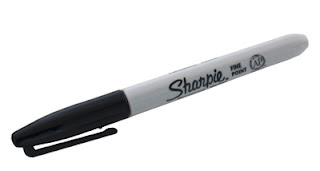
Sharpie Multi Pack
Love these too as they come in great colors and also never bleed.
Try coloring with them on a coated paper and it’s hard to stop.
Try coloring with them on a coated paper and it’s hard to stop.
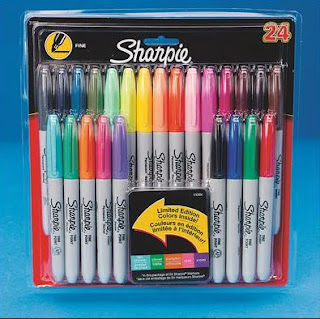
BIC Multi Pack
I found these invaluable last year when I had students use them for self portraits. There are many great skin tones in this pack: a yellow peach, pink peach, golden tans and more, all those lovely shades needed for my diverse school. Not a single student felt compromised in finding a match for their skin color. Wish I could say that for all my supplies.
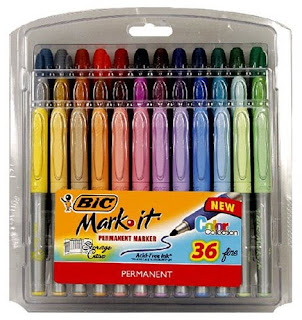
Crayola Construction Paper Crayons
Work great on colored paper, a good replacement for oil pastels for kinder and 1st grade.
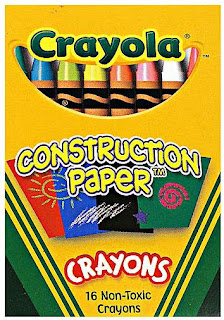
Portfolio Oil Pastels
You can get them in 12, 24-pack or a classpack. They absolutely make the best colors and students love how they seem to glide over their paper.
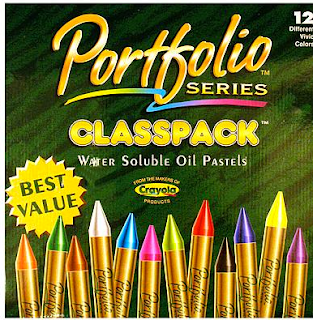

Dick Blick Colored Pencils
These pencils can make amazing dense colors if students really take the time to press hard while they color. Prismacolor pencils are OK – Rose brand are not as they just have no color to them. Don’t get swayed by their cheap price.

Crayola Watercolor Paint
I pop out the color tablets, dissolve them in water, and use them as liquid paint. So much better than dealing with dirty trays. About 2 – 3 tablets per spillproof cup of water seems to work the best. Tip: Store extra paint in open cups. Closed containers seem to make them age, and thus smell, faster. The paint keeps in open cups for one to two weeks.
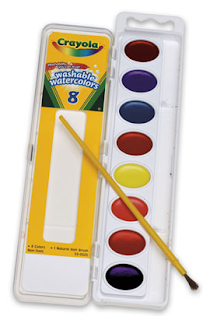
Popsicle Sticks
They come in different brand names these days, and in multiple sizes, but I’ve found them to great for more craft projects than I can mention.
They come in different brand names these days, and in multiple sizes, but I’ve found them to great for more craft projects than I can mention.
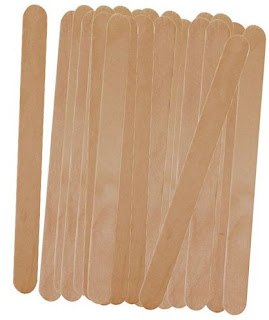
Black Construction Paper
I’ve used various brands, the point is just to make sure your paper is black and not dark gray. My public school sanctioned stuff is just charcoal and fades in a New York minute. It pays to buy the good black paper so your art has some punch to it.
I’ve used various brands, the point is just to make sure your paper is black and not dark gray. My public school sanctioned stuff is just charcoal and fades in a New York minute. It pays to buy the good black paper so your art has some punch to it.
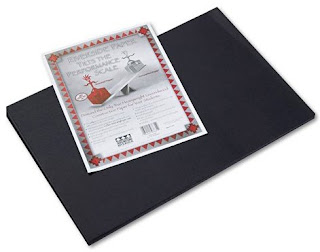
Silver Sharpie Markers
These are a treat, if you can afford them at about $1.50 each. Drawing with them on black paper was such a hit for my students last year that I’m determined to find ways to create with them again.
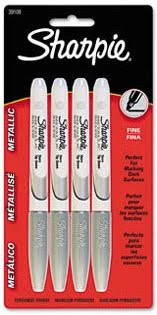


 10:49 PM
10:49 PM
 keprok
keprok










































